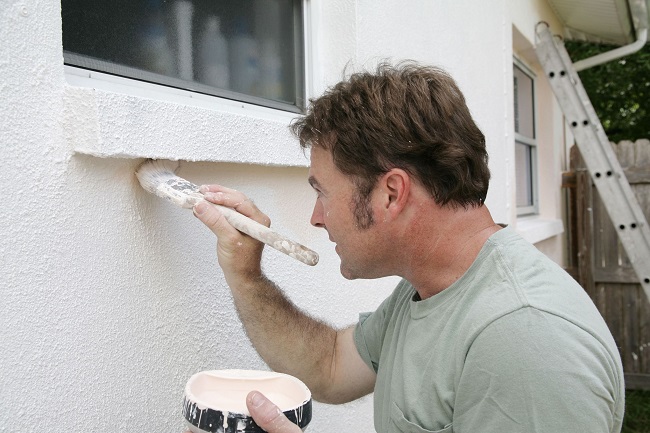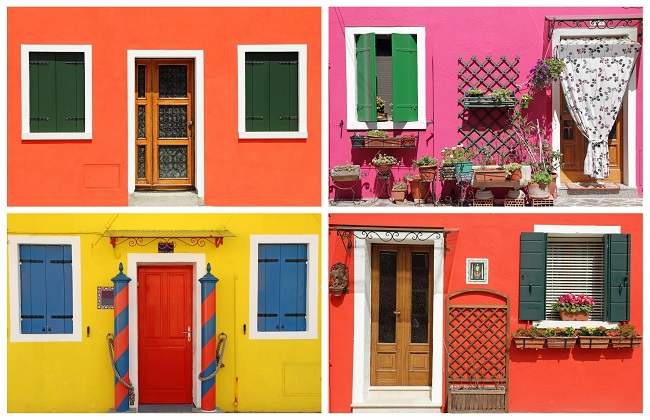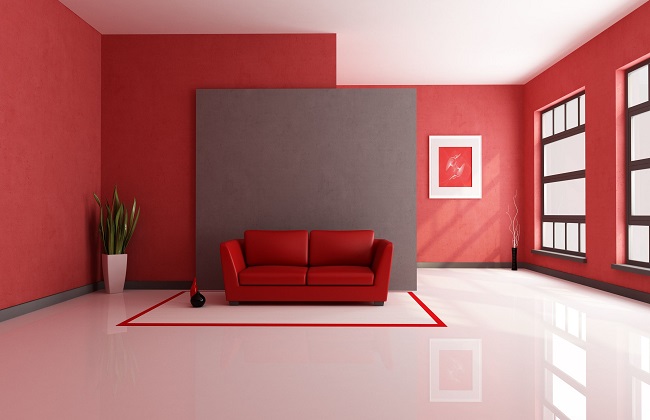The Importance of Using a Primer when Painting

When it comes to house painting there are a number of different things you have to think about; from the colours you choose, the quality of paint and your equipment to your plan of attack and strategy on the day. Some DIYers will have list of things they need to checkoff to ensure the best quality finish. But one of the things that is often overlooked when it really shouldn’t be is primer. Particularly for non-professionals, it can be a big determining factor in the quality and longevity of the work.
What do primers do?
Primers are a solution that is applied to the surface prior to painting. It can serve a number of functions including helping the paint properly adhere to the surface, increasing the protection of the wall and improving the paint’s overall durability over time. How does it do this? Basically the idea of a primer is to act as a smooth layer that the paint can easily adhere too - it is a more appropriate and better surface for the paint.
Preparation is always an important part of painting a house, so even when using primer make sure you properly clean and sand the surface of the wall. A primer won’t work nearly as effectively if the wall isn’t in the right condition for painting, so take the tie beforehand to get it ready.
When should primer be used?
For non-professional painters, it’s worth using a primer whenever you’re painting the interior and/or exterior of your home. It can help to eliminate mistakes such as uneven paint strokes and blotchy spots that come up when you’re a little less experienced.

Keep in mind that they are different kinds of primer for different surfaces, depending on whether you’re painting on wood, metal, plastic or plaster. Paint reacts differently to each and ensuring that you have a primer that can provide a binding layer that brings the best out of your paint and ensure it dries evenly.
Does primer affect the overall appearance?

It certainly can. If you’re painting on a porous surface such as wood or concrete, for instance, a primer is considered a must as it can improve the appearance of the finish. This is because these surfaces have properties that can absorb the paint’s solvent which speeds up the drying process. This might sound like a good thing, but actually results in a poor looking finish, given that paints are designed to dry at a certain rate in order keep the same shade. Further, if a primer is not applied to a wood surface before painting, you’ll more than likely need to apply multiple coats. Otherwise, you’ll have the wood grain colour coming through the paint which can be quite unsightly. The right primer has the effect of eliminating this and allowing you to use just a single coat.
However when it comes to painting your interior, some paint colours may conflict with the primer you’re using and will thus need to be tinted to make them as close to the colour you’re using. Proper tinting can mean less coats of paint are required to give the surface a consistent colour and look.

We’d always recommend making sure you’re well prepared for any DIY house painting work you may be doing. Read online and speak to your retail about what is the best primer for the job you’re doing. And remember for more information about primers and general painting tips, don’t hesitate to give the team at Joyce Painting a call today.

